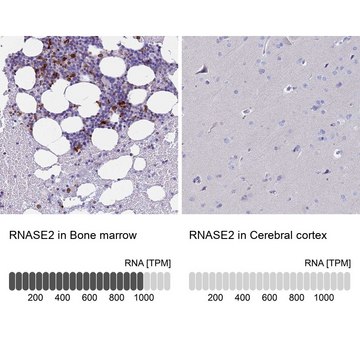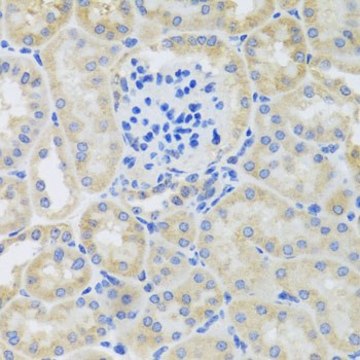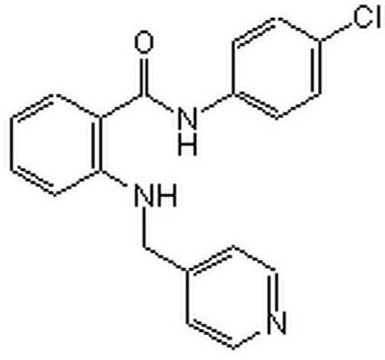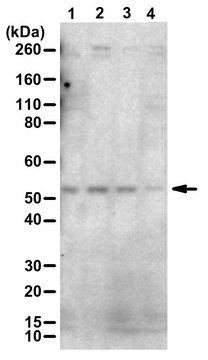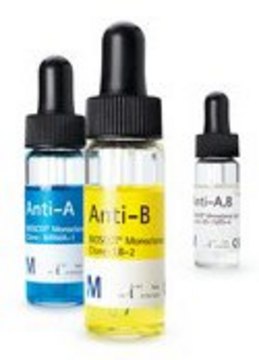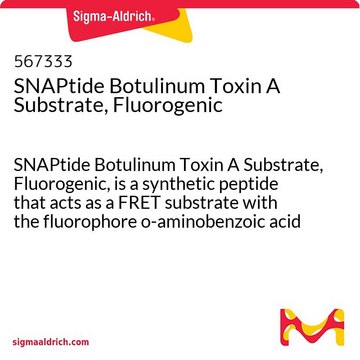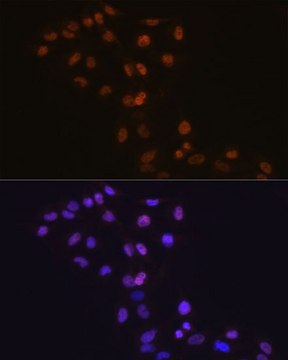MABF985
Anti-Eosinophil-Derived Neurotoxin Antibody, clone 6D1.5/A5
clone 6D1.5/A5, from mouse
Synonym(s):
Non-secretory ribonuclease, Eosinophil-derived neurotoxin, Ribonuclease 2, Ribonuclease US, RNase 2, RNase UpI-2
About This Item
Recommended Products
biological source
mouse
Quality Level
antibody form
purified immunoglobulin
antibody product type
primary antibodies
clone
6D1.5/A5, monoclonal
species reactivity
human
technique(s)
ELISA: suitable
multiplexing: suitable
western blot: suitable
isotype
IgG1
NCBI accession no.
UniProt accession no.
shipped in
wet ice
target post-translational modification
unmodified
Gene Information
human ... RNASE2(6036)
General description
Specificity
Immunogen
Application
Inflammation & Immunology
Inflammation & Autoimmune Mechanisms
ELISA Analysis: A representative lot was employed as the capture antibody for the detection of purified human EDN, as well as EDN in serum samples from individuals with eosinophilic disorders by sandwich ELISA (Makiya, M.A., et al. (2014). J. Immunol. Methods. 411:11-22),
Multiplexing Analysis: A representative lot was employed as the capture antibody in a bead-based multiplex assay for the detection of purified human EDN as well as EDN in serum samples from healthy donors and individuals with eosinophilic disorders. Prior reduction and alkylation of the serum samples (by DTT and iodoacetamide, respectively) resulted in higher EDN levels (Makiya, M.A., et al. (2014). J. Immunol. Methods. 411:11-22),
Quality
Western Blotting Analysis: 1.0 µg/mL of this antibody detected eosinophil-derived neurotoxin in 50 µg of human spleen tissue lysate.
Target description
Physical form
Storage and Stability
Other Notes
Disclaimer
Not finding the right product?
Try our Product Selector Tool.
WGK
nwg
Flash Point(F)
does not flash
Flash Point(C)
does not flash
Regulatory Information
Certificates of Analysis (COA)
Search for Certificates of Analysis (COA) by entering the products Lot/Batch Number. Lot and Batch Numbers can be found on a product’s label following the words ‘Lot’ or ‘Batch’.
Already Own This Product?
Find documentation for the products that you have recently purchased in the Document Library.
Our team of scientists has experience in all areas of research including Life Science, Material Science, Chemical Synthesis, Chromatography, Analytical and many others.
Contact Technical Service